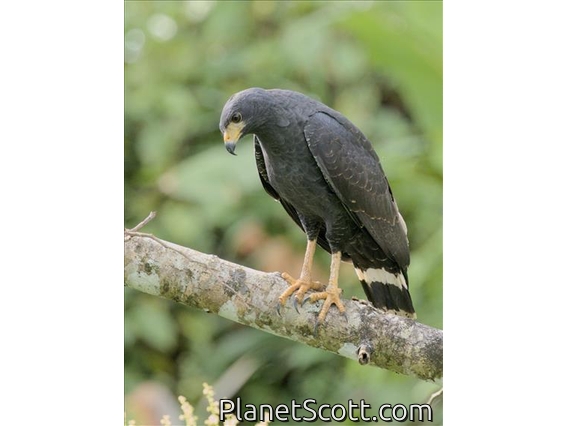Common Black Hawk (Buteogallus anthracinus)

Common Black-Hawk (Buteogallus anthracinus)

Common Black-Hawk (Buteogallus anthracinus)

Common Black-Hawk (Buteogallus anthracinus)



×




Common Black-Hawk (Buteogallus anthracinus)

Common Black-Hawk (Buteogallus anthracinus)

Common Black-Hawk (Buteogallus anthracinus)
About Common Black Hawk (Buteogallus anthracinus)
- Kingdom: Animals
- Phylum: Chordates
- Class: Birds
- Order: Hawks, Eagles, Kites, and Allies
- Family: Hawks, Eagles, and Kites
The common black hawk is a bird of prey in the family Accipitridae, which also includes the eagles, hawks, and vultures.
Source: Wikipedia
Lifelists
Trips
Visits
-
2007-10-10
La Mancha, Mexico -
2008-01-07
Playa de Los Reyes, Mexico -
2009-01-30
Semuc Champey, Guatemala -
-
2009-02-25
Corcovado National Park - La Sirena, Costa Rica -
2009-03-05
Isla Coiba, PanamaSoaring high over the island. My initial impression was a solitary eagle, but I am not sure enough to suggest that. -
2009-03-14
Cruce de Mono Ranger Station, Panama -
2009-03-15
Boca de Cupe, Panama -
-
-
-
-
-
-
-
2025-03-25
Amazona Nest, Saint Vincent and Grenadines -






